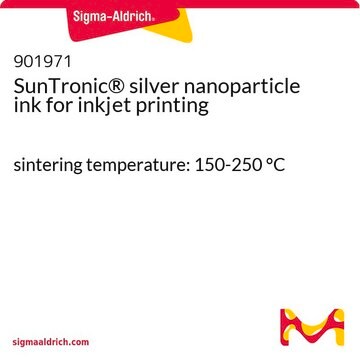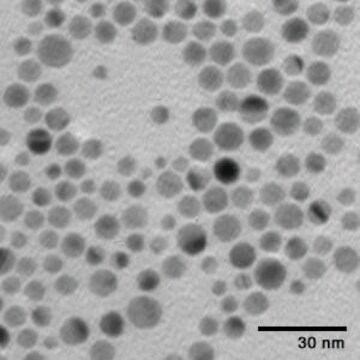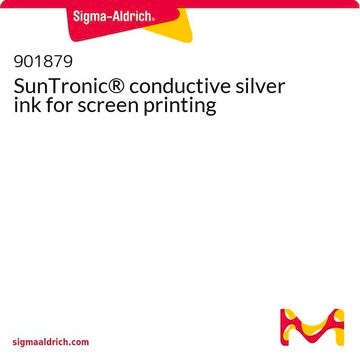736503
Silver, dispersion
nanoparticle, 50-60 wt. % in tetradecane, spec. resistivity ~ 2.7 μΩ-cm, for printing on polyimide films
Synonym(s):
Silverjet DGH-55LT-25C, silver ink
About This Item
Recommended Products
description
surface tension 27 - 31 dyn/cm
form
dispersion
nanoparticle
concentration
50-60 wt. % in tetradecane
refractive index
n20/D 1.333
particle size
≤10 nm
viscosity
7-14 cP
density
1.5-1.8 g/mL at 25 °C
storage temp.
2-8°C
SMILES string
[Ag]
InChI
1S/Ag
InChI key
BQCADISMDOOEFD-UHFFFAOYSA-N
Looking for similar products? Visit Product Comparison Guide
General description
Curing Temperature: 250 °C
Recommended substrates: Polyimide films
Recommended washing solvent: Non-Polar Solvents: Xylene, Hexane, Octane etc. (Hydrocarbon)
Legal Information
signalword
Danger
hcodes
Hazard Classifications
Aquatic Acute 1 - Aquatic Chronic 1 - Asp. Tox. 1
supp_hazards
Storage Class
10 - Combustible liquids
wgk_germany
WGK 3
flash_point_f
219.9 °F
flash_point_c
104.4 °C
Choose from one of the most recent versions:
Already Own This Product?
Find documentation for the products that you have recently purchased in the Document Library.
Customers Also Viewed
Articles
Inkjet printing is one of the key enabling technologies of printed electronics. Inkjet printing technology classification, aspects of materials (inks, substrates) and respective pre-and post-processing steps are discussed.
Functional materials for printed electronics applications enable flexible displays, RFID tags, and biomedical sensors.
The ability to pattern conductive electrodes is technologically relevant for several applications, including photovolatics, displays, sensors, and biomedical devices.
Small molecular weight organic semiconductors are promising for flexible transistor applications in next-gen soft electronics.
Our team of scientists has experience in all areas of research including Life Science, Material Science, Chemical Synthesis, Chromatography, Analytical and many others.
Contact Technical Service












